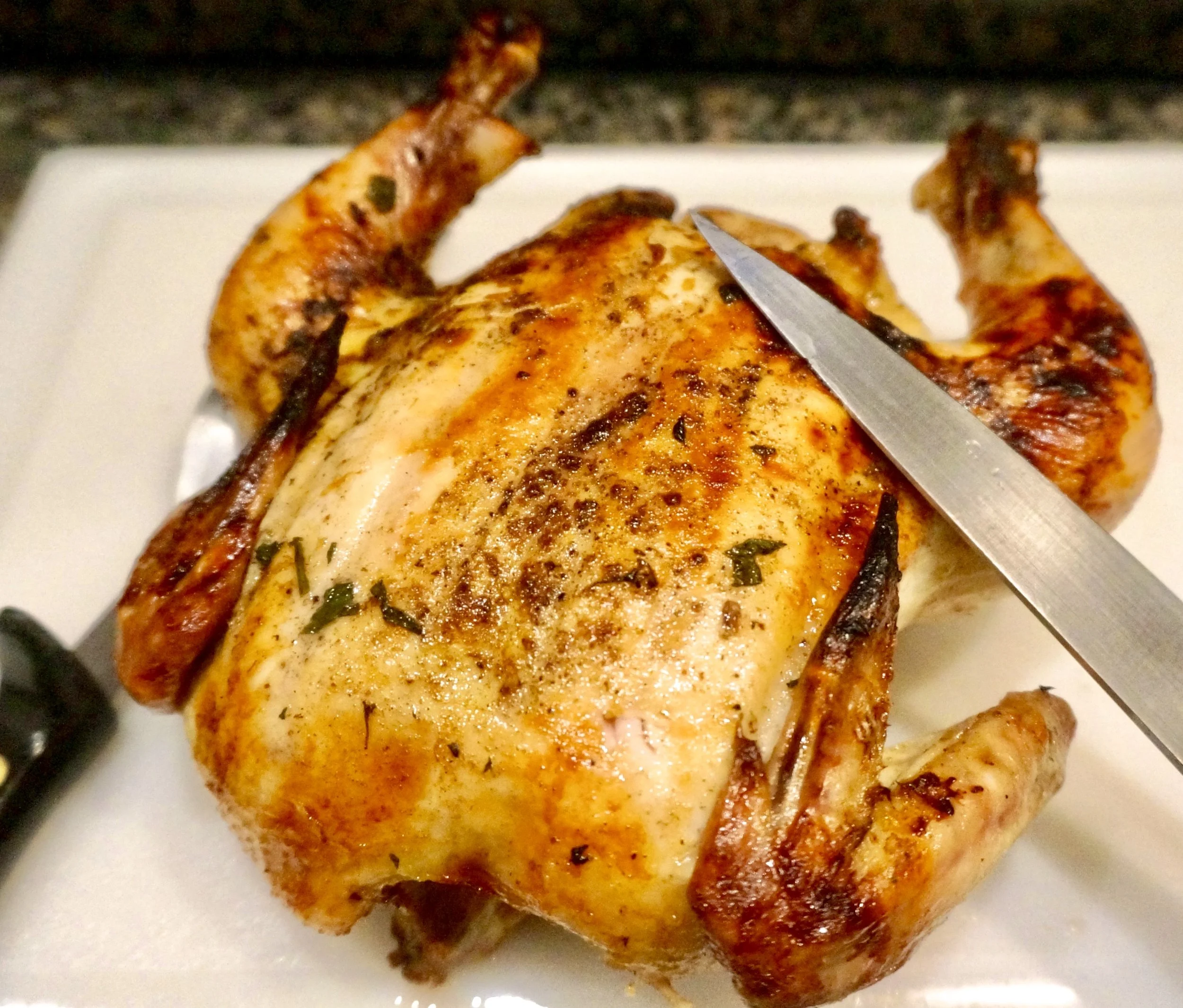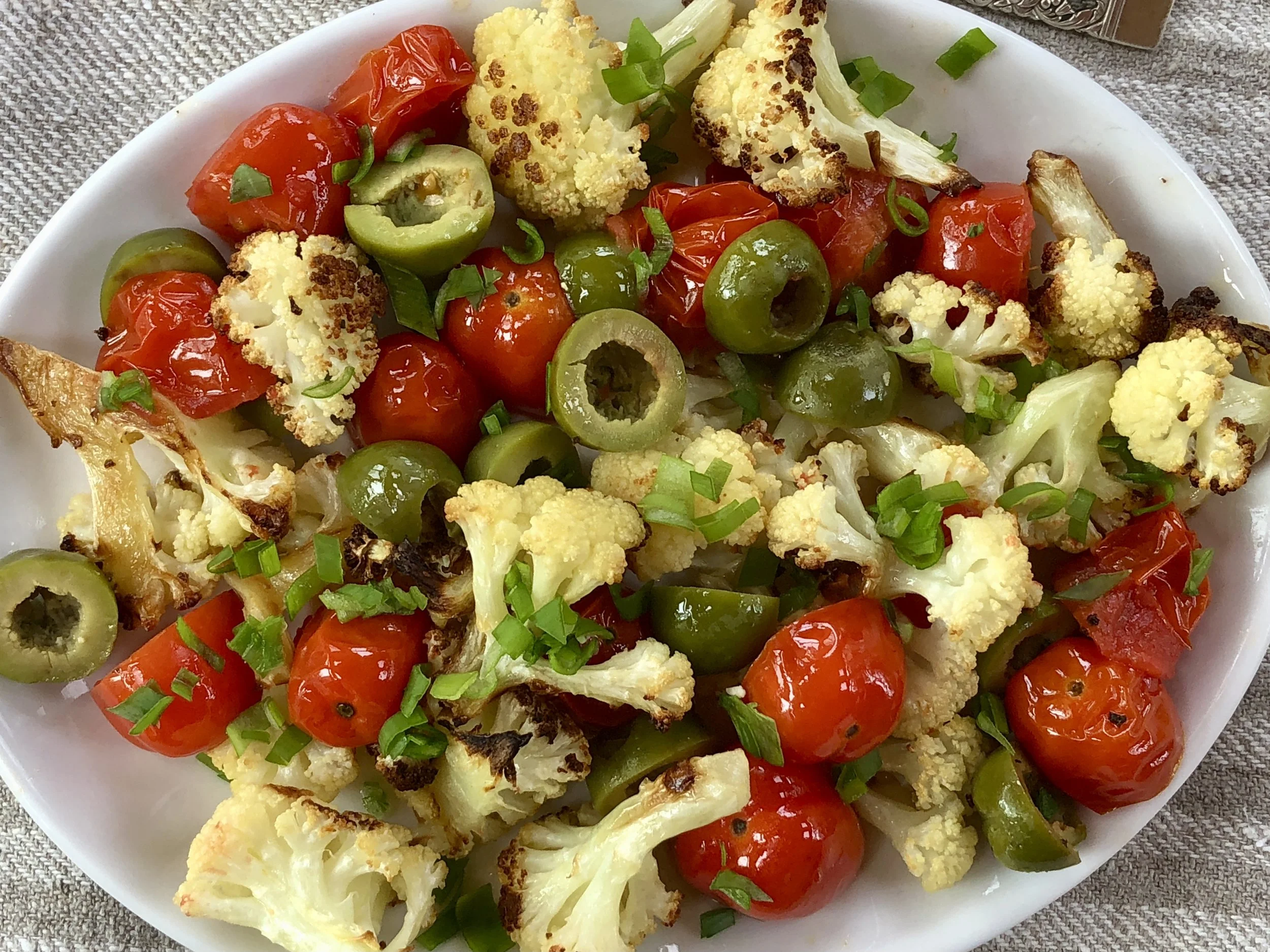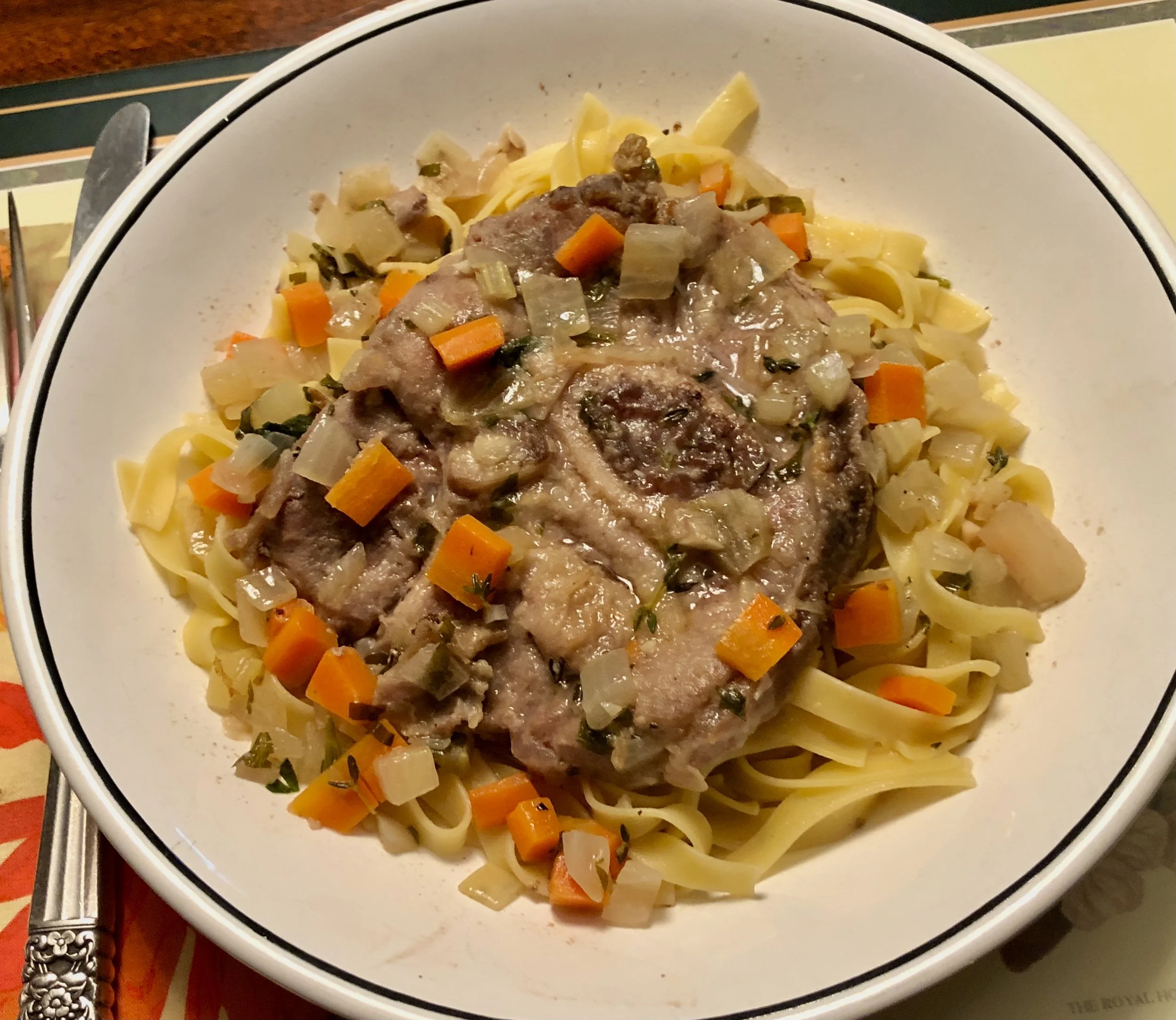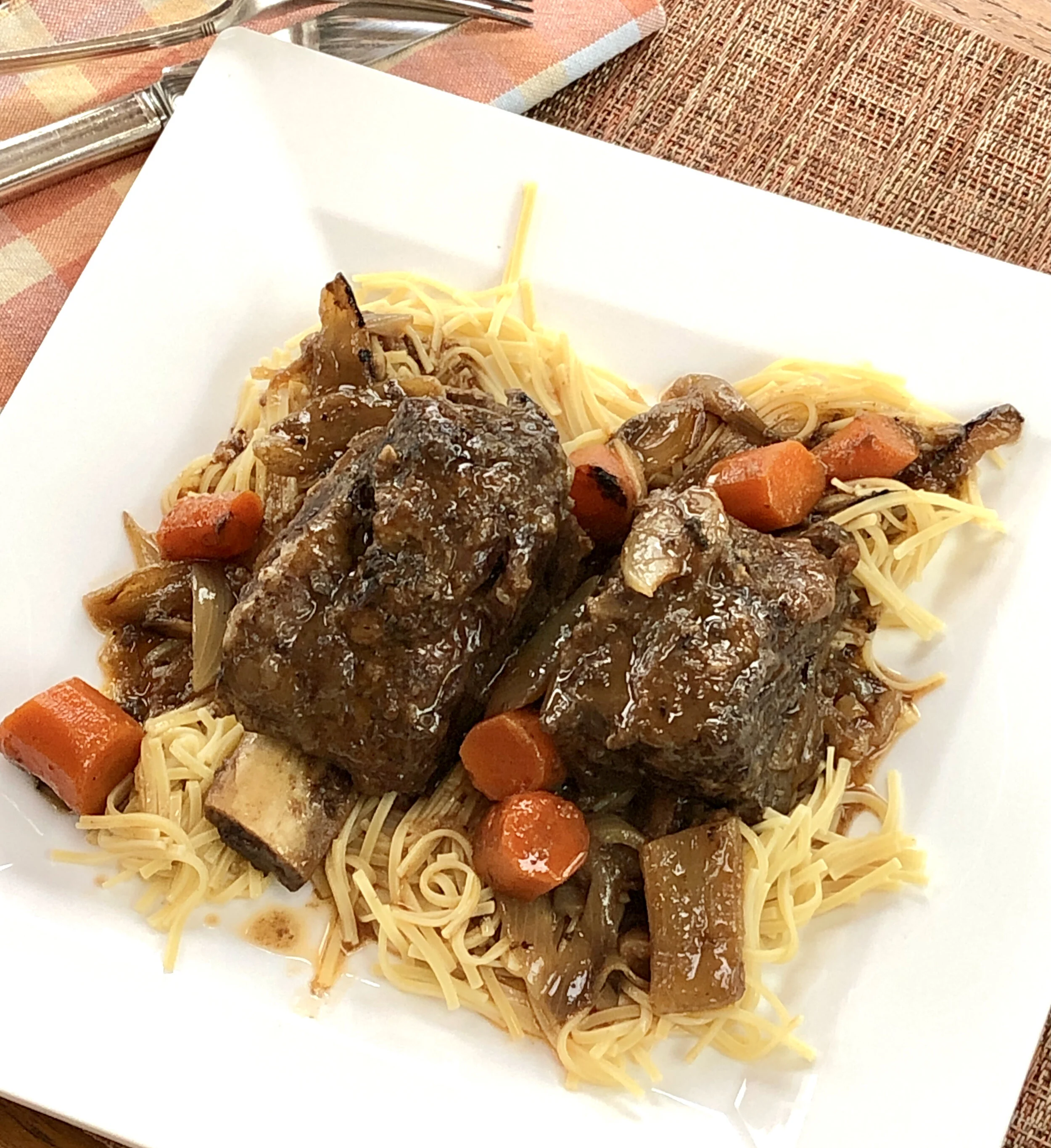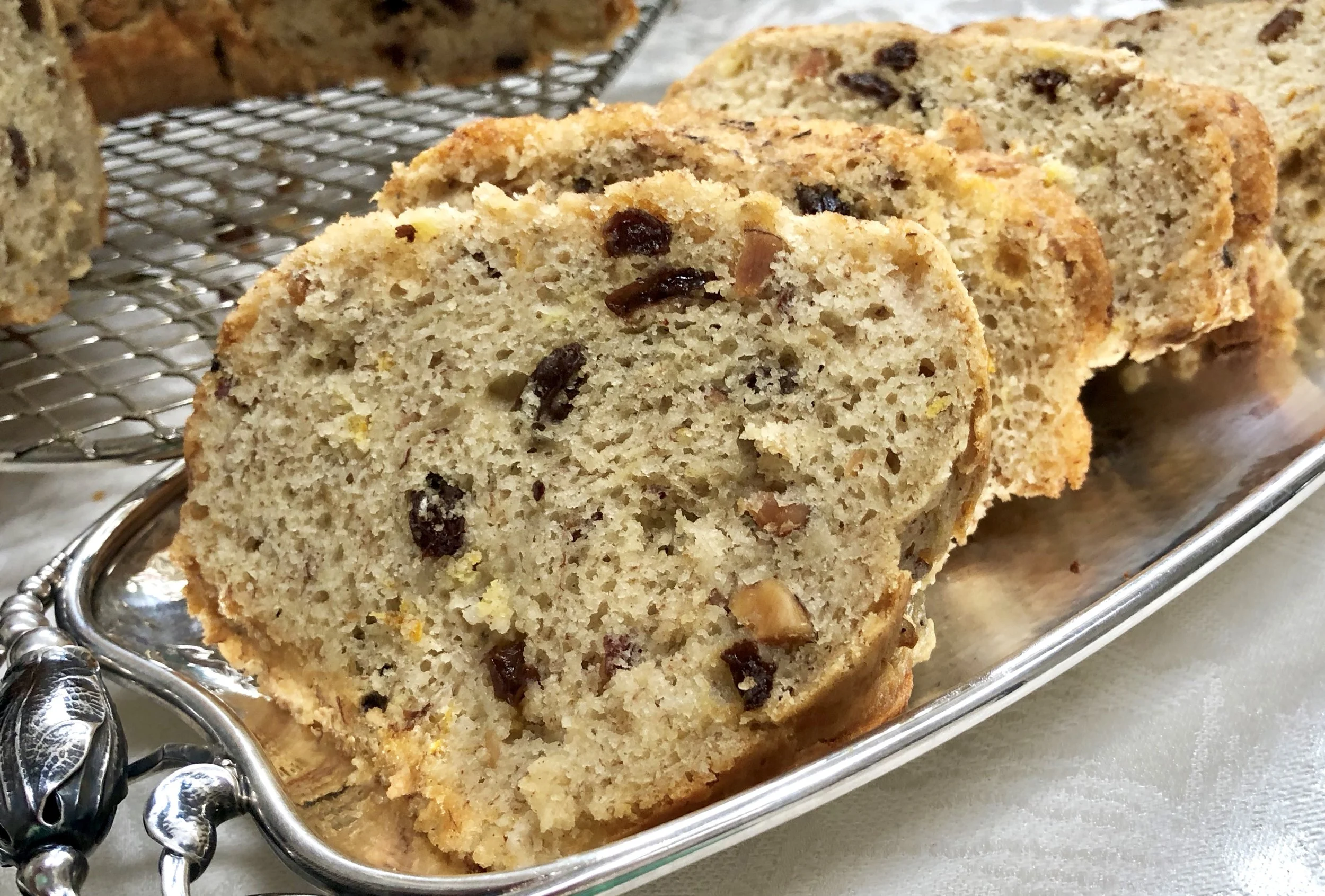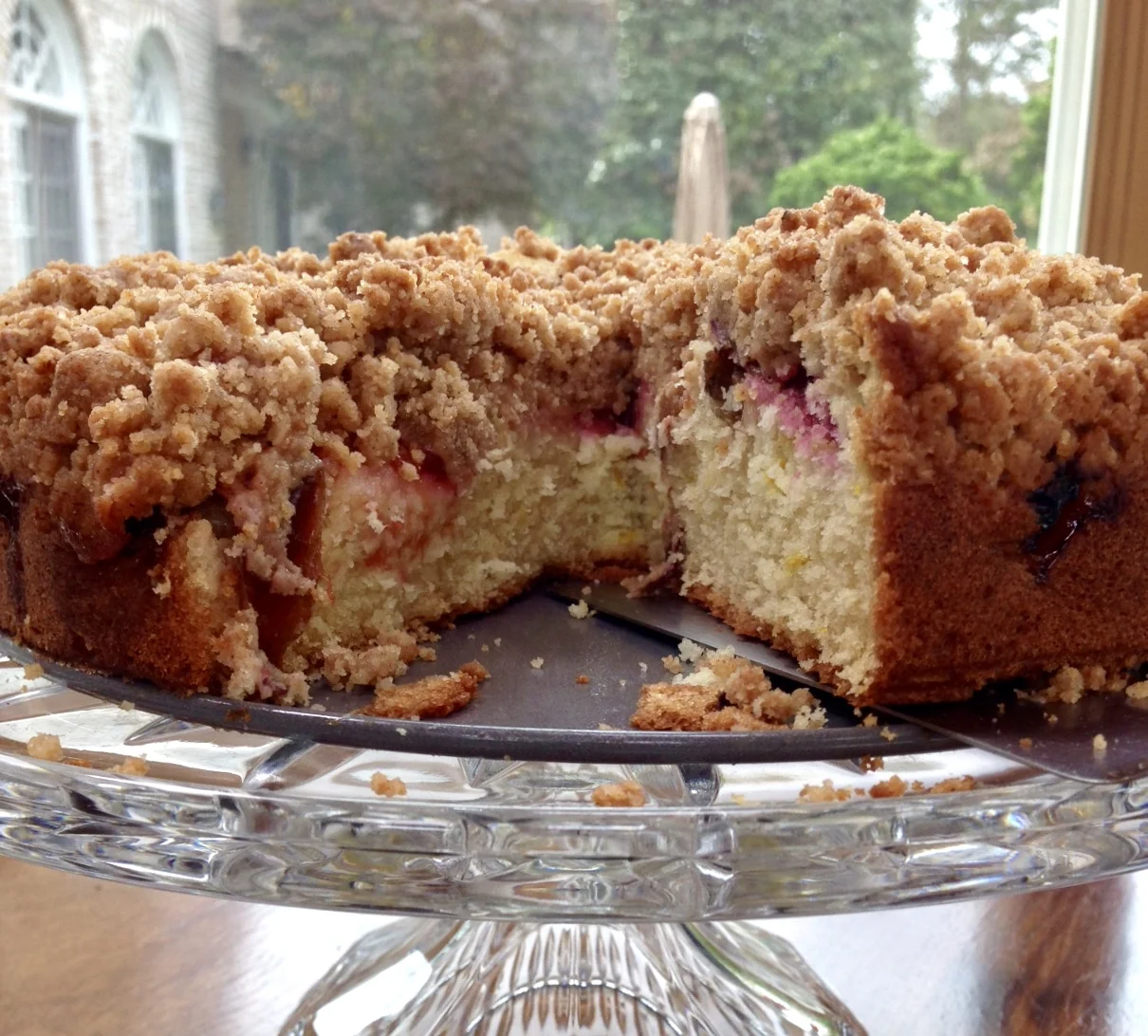In these current times of anger and division, when the news always seems to be bad and the world seems ready to explode, how fortunate we are to have Shabbat, a day of rest, contemplation and togetherness with our loved ones.
Put the world aside.
The sorrow, the political madness will not go away, but we can enjoy our day of peace. We can enjoy a festive Shabbat dinner.
What could be better for the feast than roasted chicken, the traditional Shabbat dinner? Our ancestors ate roasted chicken in the shtetls of Eastern Europe and in the luxurious dining rooms in Vienna and Bucharest.
Roasted chicken is beyond delicious. It’s iconic. It’s comforting.
Shabbat shalom.
ROASTED CHICKEN
1 whole chicken, about 5 pounds
1 tablespoon olive oil
salt and freshly ground black pepper to taste
garlic powder and paprika, optional
ras el hanout, baharat, garam masala, harissa, chopped fresh herbs to taste, optional
1 to 1-1/2 cups fruit juice, chicken stock or white wine
Preheat the oven to 400 degrees. Remove any pinfeathers and extra flesh and fat from the chicken. Take out the package of giblets inside the cavity (you may save these pieces for stock, except for the liver, or roast them along with the chicken). Brush the olive oil all over the chicken. Sprinkle with salt and pepper and optional seasonings. Place the chicken breast side down on a rack placed inside a roasting pan. Roast for 15 minutes. Reduce the oven heat to 350 degrees. Roast the chicken for 15 minutes. Pour the juice (stock or wine) over the chicken and roast for another 15 minutes. Turn the chicken breast side up. Roast the chicken, basting occasionally, for 45-60 minutes, depending on the size of the chicken, or until the chicken is cooked through (a meat thermometer inserted in the thickest part of the breast registers 160 degrees or 165 degrees in the thickest part of the thigh). Remove the chicken to a carving board and let rest for 15 minutes before carving. Serve with pan juices (you may strain the pan fluids if desired, and/or reduce them to desired thickness by boiling the fluids in a small saucepan over high heat).
Makes 6 servings
